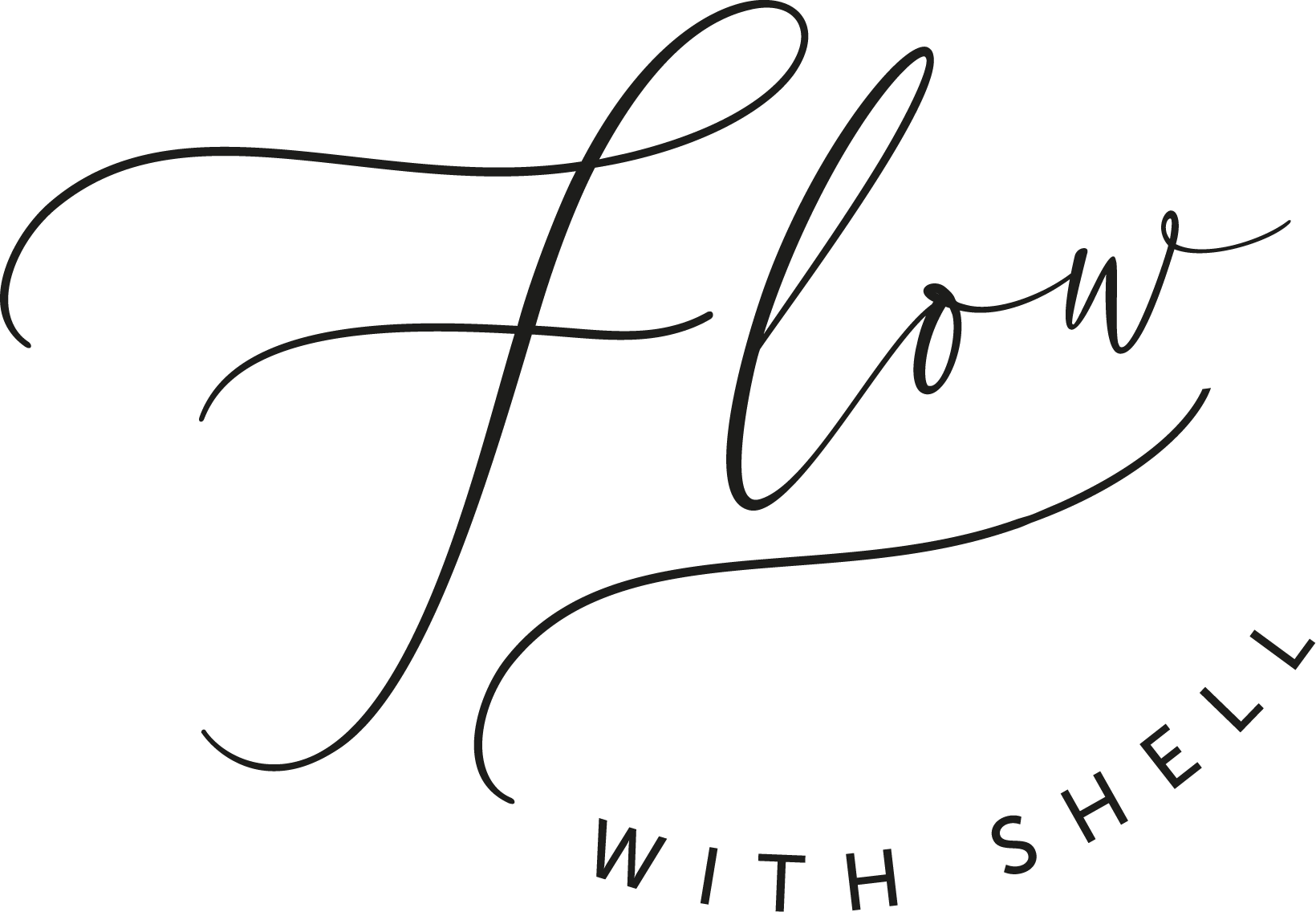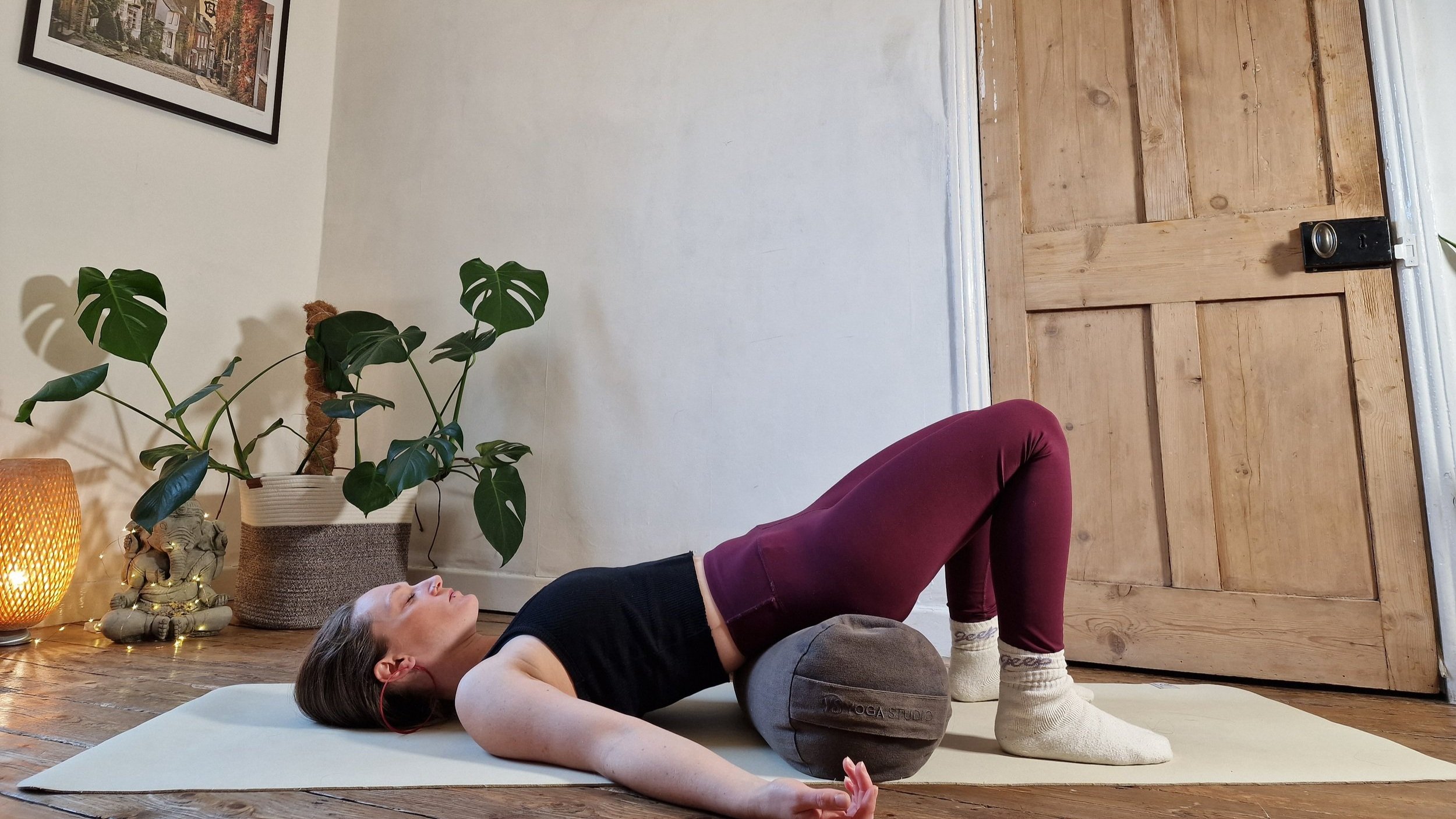YIN YOGA FOR THE HEART + DEEP FRONT FASCIAL LINE
Yin Yoga sequence for the deep front fascial line (50mins / 110mins)
This sequence is inspired by the sanskrit word Shraddah, ‘what lies in the heart’, with an intention to create space for the heart and listen to the deeper whispers of the body. The deep front fascial line runs from the feet to the head, and encases the pelvic floor, diaphram, lungs and pericardial sac, it’s known at the ‘myofascial core’ of the body. Take time between each asana to release and move the body intuitively before taking the next asana, perhaps a minute in-between each.
Please note* The times recommended for this practice are completely optional. When practicing yin yoga search for a gentle sensation (say a 3 out of 10), not a stretch, as it will intensify over time. If the stretch is too strong, this can put stress on the body resulting in injury or increased tension. Approach this practice gently or simply use for a restorative practice and just enjoy the shapes with less sensation. If you are pregnant or working with an injury then please first seek advice from your doctor or practitioner before practicing.
1. Massage the feet (2 minutes) - I love to open my yin sessions with a good foot massage! Opening the soles of the feet to the Earth, creating space and releasing tension from the days activities. The deep front line starts in the feet particularly the tops of the feet and just between the heel and the inner arch.
Alterations - From standing, you can also use a tennis or massage ball under the feet to massage.
2. Dragonfly - (3 - 5 mins) - This is a great pose to arrive in the practice, and land with the breath. Let the bolster support the head and use the hands to add more support taking tension off the neck. Try practicing a rhythmic breath (inhale and exhale for the same count) at a pace that suits you, without force. Slowly expand the breath to reach the diaphram and relax the belly. Dragonfly pose stretches the adductors and the groin.
Alterations - If the hamstrings or hips are tight this can cause the the lower back to round - sit up on a block or cushion to lengthen the lower back. Putting cushions or rolled up blankets under the knees can also assist with tightness as the legs may also need to bend for the spine to become straight. It is OK to be sitting upright in this asana!
3. Side Stretch - (2 - 3 mins each side) - This side stretch creates space in the ribs and encourages the breath to arrive here. Set the bolster alongside the straight leg with the same alterations as above if needed. Blocks may also be needed under the bolster to make it higher. Turn towards the bent knee before taking the side bend - this will help open the font body. Support the head with the hand of the lower arm and the top arm is optional - using the top arm can create quite an intense stretch so if it feels too much just rest it on the knee. Soften the chest and breathe into the back and front of the body.
Alterations - Use the tips from above (dragonfly) to lengthen the lower back. Place a brick / cushion under the bent knee if it’s not resting on the floor. Use 2 bolsters if necessary.
4. Lying Butterfly and Fish - (3 - 5 mins) - Two of my favourite yin asana! Prop the knees under a bolster to gently support and open the front of the hips. Take 2 bricks - one for behind the head and the other supporting the upper back. Make sure this block isn’t too far down the back and on the lower part of the spine, it’s supports the ribcage. Before coming out, an option is to move the head from side to side a few times, releasing tension at the base of the skull - this can feel great!
Alterations - You may prefer to do these asana separately. Smaller blocks can be used if the upper body / back is tight.
5. Supported Bridge - (3 - 5 mins) - Roll the bolster underneath the hips and support the sacrum. Stack the knees over the ankles and relax the arms. The deep front fascial line runs up the inside of the spine, so this great for lengthening here and opening the hips and upper body too.
Alterations - If the legs aren’t comfortable try bringing the feet wider and letting the knees touch together, this can offer more support. Use a smaller bolster / brick / cushion if needed or none atall, especially if you’re menstruating. If using no bolster focus on grounding the lower back with the breath, creating space around the spine. A blanket under the head is a nice addition here.
6. Legs with belt - (2 - 3mins each side) - Take a belt around the sole of one foot and draw the leg towards the face until a gentle stretch can be felt, in the calf, hamstring or both. Try and ground the elbows as to not hold tension around the neck and shoulders. Try also a bent knee on the raised leg as it can change the sensation. The deep front fascial line, runs up the calves, knee and wraps around towards the adductors.
Alterations - Bend the knee on the lower leg for support and if the legs are tight. Try also flexing the foot towards the face, this angle can change the sensation too.
7. Sphinx - (3-5mins) - Sphinx is great for heart opening and extending the spine. Sphinx can be done without a bolster, but personally I’m a huge advocate of a softer version for yin practice! Make sure to feel no pressure in the lower back, if you do, bring the legs wider or lower the heart by rolling the bolster forward or taking the elbows forward.
Alterations - Rest the head in the hands, placing the elbows on the mat infront of the bolster. Put a rolled blanket under the ankles if they are tight. Put a blanket under the hip bones to take tension out of the lower back and decrease the curve.
8. 1/2 Frog - (3 - 5mins each side) - Lie on the front body and bend one knee to the side, if the hip is tight then put a cushion underneath the hip of the bent leg. For the upper body take the opposite arm to the bent leg across the chest and the other arm reaches overhead. I’d recommend a cushion under the head here too. This is a great asana to send breath into the back.
Alterations - Place a cushion or even a bolster under the hip if needed. For a softer approach to the upper body an option is to rest the forehead on the hands instead of crossing the arm under the chest.
9. Childs Pose - (3 - 5mins) - A lovely way to finish and lengthen the spine. Lie on a bolster so your body is supported.
Alterations - Childs pose isn’t comfortable for everybody! You can take a rolled up blanket under the ankles if needed. If the knees are tight you may need a folded blanket behind the knee to reduce the angle here. A blanket can also be placed inbetween the thighs and the belly if there’s discomfort or tightness on the front hips. The knees can be wider or underneath the body - which ever is preferred.
10. Savasana - (5 - 8mins) - Let the body relax fully, with perhaps a bolster under the knees or on top of the hips (a great option to feel more grounded). Take as long as feels comfortable, and take time to re-engage with the day / evening. After any movement practice is a great time to check in and see how the body is feeling, do you feel energised? Do you feel like you need more rest? Perhaps set an intention here to help pace the rest of you day or week.
I hope you enjoy this practice!










